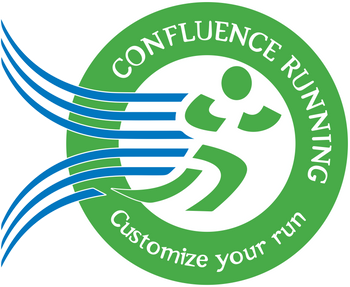Running Tips
Filter
All
#approvedathleticfootwear
#athleticgearcompliance
#bannedrunningshoes
#brightcolors
#competitiongearguidelines
#competitionshoeguidelines
#footweardisqualificationrisks
#headlight
#illuminate
#Ironmanprohibitedlist
#Ironmanshoeregulations
#lowlight
#NCAAfootwearrules
#NCAAtrackrules
#NoDaysOff
#Overtraining
#prohibitedtriathlongear
#racedayshoerestrictions
#reflective
#running
#runningatnight
#runninggearrestrictions
#runningshoetechnologyregulations
#shoestackheightlimits
#sportsequipmentstandards
#staysafe
#trackandfieldequipmentrules
#triathlonequipmentcompliance
#visibility
#WorldAthleticsapprovedshoes
#WorldAthleticsshoecompliance
10k
3 miles
3.1
3.1 miles
5000
5000m
5k
accessories
ActiveRecovery
adidas
Advanced winter running strategies
AllTrails for winter trail maps
altra
Altra winter running guide
asics
asics runsafer program
athletic shoe tips
beginner
beginner running shoes
beginner trail running
beginner winter running
Benefits of winter trail running
best shoes for standing all day
Best trail shoes for snow and ice
Best winter trail running gear
carbon fiber plate
CFP
chenango valley state park
cold weather running
Confluence Running
CortisolBurnout
Cross Country
dynamic footwear specialist
escaping a wrist grip
Essential winter trail running accessories
fast shoe
fitness
FitnessMindset
fitted trail shoes
foot pain from shoes
half marathon
health
HealthyHabits
heel runner
heel strike
high school xc
how much toe room in shoes
how should shoes fit
how to adapt your training distance
how to change your training
How to dress for winter trail running
How to prevent slipping on icy trails
how to run
how to run in the winter
how to run trails
How to run trails in winter
How to stay warm during winter runs
Hudson Valley
hudson valley cross country
hudson valley running store
hudson valley xc
hvxc
leg day
lightweight shoe
ListenToYourBody
marathon
Merino wool for winter running
National Running Safety Month
Navigating snowy trails safely
orange county running store
PEBA
PreventBurnout
prioritize recovery
ProgressNotPerfection
proper shoe fit
proper shoes
proper trail shoes
putnum county running store
Race Day
race distance
race-specific training style
racing
RecoveryIsKey
reflective apparel
RestToPerform
road racing
Run racing
runner safety
running
running distances
running fitness
Running in snow and ice tips
running racing
running safety
running shoe size
running shoes
running store
RunningTips
runsafer techniques
safety
safety panel
safety tips for runners
salt springs
self-defense for runners
shoe buying tips
shoe comfort guide
shoe fitting
shoe sizing guide
Short stride technique for winter trails
SmartTraining
snow
southern tier cross country
standing on concrete all day
Staying hydrated on cold weather runs
Staying motivated for winter runs
StrengthTraining
strong legs
sullivan county running store
super shoe
SustainableFitness
tips
todd william jiu jitsu
trail
trail running
TrainingPlan
ulster county running store
ultra
ultra running
usa track and field
usatf
walking safety
walking shoes
warm apparel
weschester running store
westchester running store
when to replace running shoes
wide vs narrow shoes
winter
Winter running safety tips
Winter trail running shoes
Winter trail running tips
women's running safety advice
work shoes for nurses
workout shoe
WorkoutRecovery
XC
Another quality to pay attention to is your lactate threshold. This is how long you are able to run before feeling a buildup of lactate. Lactate is what causes soreness in your muscles the next day, so a high threshold is advised. Similarly, you want to consider your maximum aerobic capacity, which measures how efficiently your heart and lungs circulate oxygen in your muscles.




